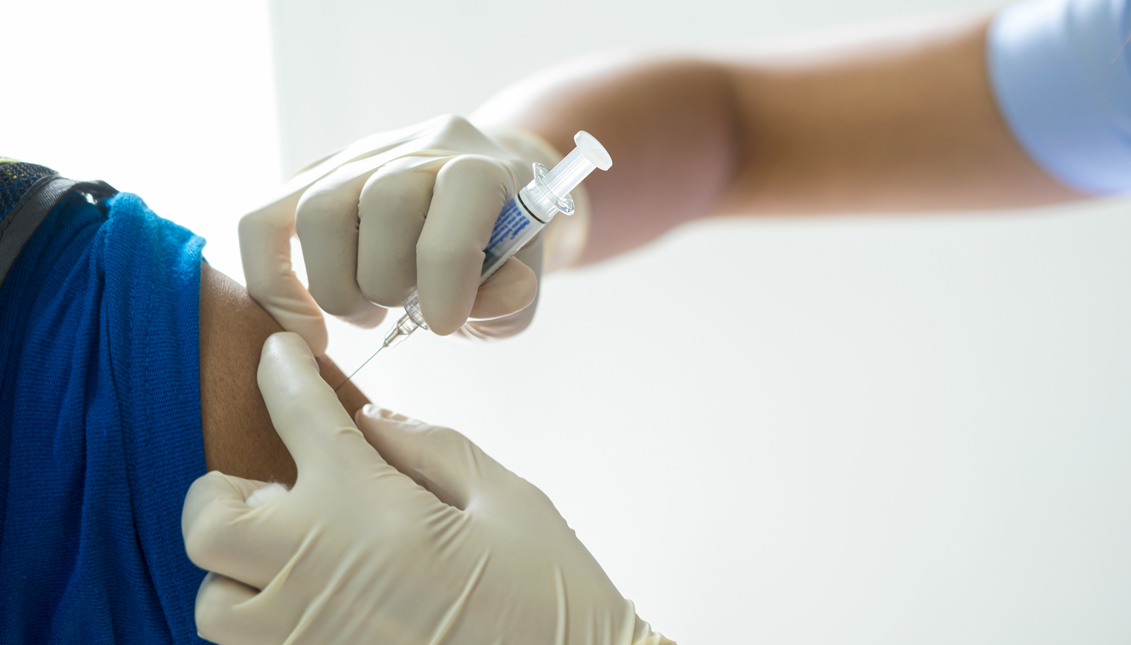
How did the Pfizer and Moderna coronavirus vaccines do with racial diversity?
Both vaccines are reported to be more than 90% effective against the virus, but who did their studies test?
It is predicted that Pfizer and BioNTech’s COVID-19 vaccine — with above 90% effectiveness — could be administered as early as Dec. 13 to frontline healthcare workers. Not long after, Moderna’s vaccine with a similar effectiveness will go through the same regulatory process before being available.
A third vaccine from AstraZeneca recently announced to also be as effective and cheaper than Pfizer’s and Moderna’s will also follow suit.
But while the presence of three tangible vaccines for the worst pandemic in more than a century to hit humans are very positive signs, their effectiveness for everyone on Earth depends on how much diversity played into the development of each.
Along the way, advocates have urged the big players in the vaccine race to consider diversity when conducting the three clinical trial phases, specifically focusing on Latinx, African-American and Indigenous populations.
All three have been the groups most affected by COVID-19. The Latinx and African-American populations of the U.S. lead the pack in both the number of cases and deaths attributed to COVID-19. At one point in June, the Navajo Nation also had the highest coronavirus infection rate per capita of anywhere else in the world.
For developing vaccines, the U.S. Food and Drug Administration (FDA) has no formal mandate of diversity when conducting the required three phases of clinical trial. Guidelines for all three phases pertain more to the amount of people tested rather than the amount of different people.
Only recently, on Nov. 9, 2020, did the FDA release a new set of guidelines to increase racial diversity in the clinical trial phase of any medication or vaccine in need of certification.
In terms of vaccines, diversity also doesn’t just mean racial diversity, but also pertains to age, gender, and health condition. People from every age group need to be tested, and many also need to have some pre-existing conditions to see the effect of the vaccine on what is already present in the subject, especially if they take medication.
When it comes to racial diversity for the leading COVID-19 vaccines, both Moderna and Pfizer expressed a desire to have a vaccine that catered to everyone based on the disproportionate effect of the virus on Black and Brown communities.
RELATED CONTENT
By the numbers, 42% of all participants in the Pfizer vaccine clinical trial had what the pharmaceutical giant called a “racially and ethnically diverse background.” Further analysis shows that 26% of all participants were Hispanic or Latinx, while only 10% were Black and just 0.8% were Native American.
In just the U.S. data for the Pfizer vaccine, just 13% of the participants were Hispanic or Latinx. The 10% global percentage of Black participants was the same among African-American participants, and Native American participants also only made up 1% of the total study in the U.S.
While Pfizer is rushing ahead and hoping for an emergency distribution order of its vaccine as part of the White House’s Operation Warp Speed, Moderna slowed down its vaccine enrollment process during phase three to make sure it tested a more racially diverse set of individuals.
“We believe we have one of the best vaccines,” Moderna CEO Stéphane Bancel told CNBC. “We want to ensure we have all data for all the people that could benefit and be protected.”
In the U.S., Moderna also tried to model its testing diversity on U.S. census data.
The result was that out of 30,000 participants, 20% (6,000) of them were Hispanic or Latinx, 10% (3,000) were African-American. To specifically cater to the Latinx population, the most participants in the study came from Texas, California and Florida, three of the four states with the highest Latinx populations in the country.











LEAVE A COMMENT: